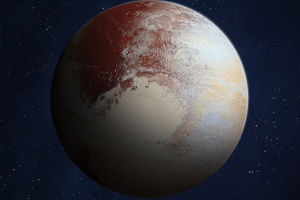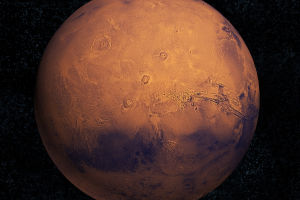After the $10 billion Webb Space Telescope lifted off and sent back the first deep-sky images containing 1,000 galaxies, the Hubble Space Telescope's fame as the old-timer seems to have been overshadowed.
But anyone familiar with astronomy knows that the Hubble Telescope, which has been in the commissioning stage for decades, is the best tool for human observation of the universe, compared to the Webb Telescope, which is still in the commissioning stage.
The Hubble telescope has been the sharpest eye of human civilization, with countless photographs of deep space in recent decades.
According to a new NASA announcement, the Hubble Telescope set another astronomical record not long ago when it discovered the farthest single star ever seen from Earth, a distance of 12.9 billion light-years.
As we all know, it is almost impossible to distinguish a single star at a distance of 10 billion light-years, because such a distance is no longer the stage for single stars, and the only galaxies that can be clearly distinguished at such a distance are those hundreds of thousands of light-years in diameter containing hundreds of billions of stars.
In previous Hubble deep-sky photography, the images obtained by the astronomical community were all of the galaxies in the universe itself, and no single star was ever found in any of these galaxies, either because the stars were unlikely to exist independently of the galaxies or because the brightness of the single stars was too low to be detected.
The Hubble telescope was able to set a super record for "finding a single star 12.9 billion light-years away" in large part because the star was old enough and bright enough.
In fact, Hubble was able to see this star not only because the star itself is special, but also thanks to Einstein, who was the first to propose the "gravitational lensing effect" in the universe.
In the case of special alignments, the light from the back star or galaxy is amplified by the gravitational pull of the foreground galaxy, giving the astronomical community a cosmic magnifying glass or telescope to see stars and galaxies further and deeper.
After Hubble's discovery is made public, NASA intends for the Webb telescope to also observe Earendel: The Earendel Star in the future, since Webb is more powerful than Hubble and its observations will reveal more about this early star in the universe, such as its main elemental composition.
With the addition of a series of new technologies, the possibility of the Webb telescope using the gravitational lensing effect to discover even more distant stars is not even ruled out; after all, the universe is so big that anything is possible.


